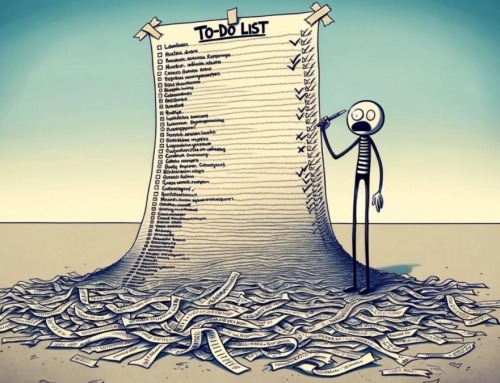Sales territory management is more important than many may realize. It can boost your sales team’s morale, increase sales, provide a larger customer base and inspire team unity. Here is how to create your sales territory plan:
Define your larger sales goals
Before you have a plan, you need a goal (or goals). And there are many different approaches you can take to determine sales goals. But we want to keep it simple, realistic, and easy to do without needing a 10,000-cell spreadsheet. Start with the big sales numbers and then work your way downwards. First, determine what your annual goal is, then break that into quarters, months, and even weeks.
Keep in mind that these numbers are just preliminary. You can adjust them later when you’ve completed the other steps and accounted for outside factors like economic conditions, seasonality, existing pipeline, and even current customers.
The Basics of a Sales Forecast
7 Costly Mistakes in Sales Forecasting
Define your market
Your market encompasses everyone you sell to. Make a list of all the different people or industries you target. For business-to-business sales, this could be business type and size, departmental function, or roles within the organization. For business-to-consumer sales, you can segment based on demographic, psychographic, behavioral, and geographic information.
Defining your market lets you paint a clear picture of who your customers are. It allows your sales team to play to their strengths and address specific needs, goals, and pain points, which will differ between these different segments.
The easy and effective way to create an ideal customer profile
Using your CRM to Improve Your Ideal Customer Profile
Assess prospect and account quality
Some customers will see tons of value in your product. The benefits are clear, and it solves a big headache for them. They’re happy to buy a lot of what you’re selling, and often. But, others may not have the same need. Review which customers have traditionally been easy to sell to and/or seen high levels of success with your product. Then prioritize those leads and similar accounts.
Do you really know what your customer will pay for?
Map out the strengths and weaknesses of your reps
Some reps have a great understanding of the ins and outs of how enterprise organizations buy products and take on new vendors. Others will specialize in selling to people within a specific role—regardless of the size of the business. List all of the strengths and weaknesses of each sales rep so you have a better idea of the type of prospects they should target.
Keep in mind that it’s not about ranking them from best to worst—many sales reps who start out weak can finish strong with coaching and experience. It’s about aligning their skills and experience to where they’ll make the biggest impact and achieve the most success.
Assign territories
Armed with the knowledge of where your reps shine, you can now start assigning territories. Start with the most obvious, high-value pairings where the rep has a lot of experience selling to that industry or type of individual.
How to improve your sales process
Look for ways to improve your plan
You may go through several iterations of your plan. You’ll have to move leads around to different reps. For example, giving your stronger reps leads that will be harder to close, and newer reps lower value deals where there’s less at stake. Ultimately, the numbers should be achievable for every rep.






